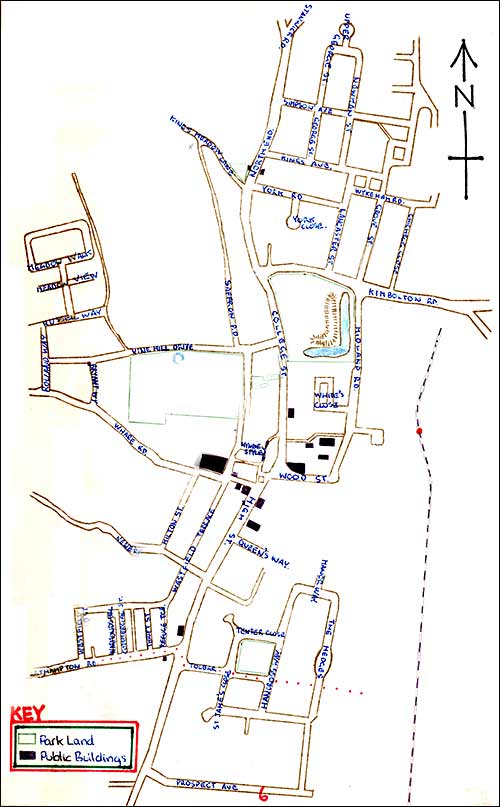Higham Ferrers is both one of the oldest and smallest boroughs in Northamptonshire.
As a Saxon burgh Hecham had strategic importance because of its high and commanding position above a crossing of the Nene. Being the centre of much commerce it had rough fortifications and these were later developed when William the Conqueror handed the town to William Peverel, an able general, who crowned the hill top with a castle.
Although there may have been two castles at different times, the accent is on peaceful progress with hunting as one of the chief diversions, deer being plentiful in the adjacent forest. The Ferrers family succeeded to the heritage and the freeing of serfs and their families by William de Ferrers in 1251 High Ham took on the name of Ferrers and the dignity of a seignorial borough.
In or about 1371 was born Henry Chichele whose father, a draper, was several times mayor of the borough. Henry Chichele became Archbishop of Canterbury in 1413, holding the office for thirty years.
The Archbishop, a “much enduring , solid and competent” man, was buried in Canterbury Cathedral but for Higham Ferrers people the precious memorials are in the town of his birth where out of his affection for the old place he founded a college and a Bede House.
The borough’s first royal charter has been lost but several others have been preserved and the oldest is that of Philip and Mary, granted in 1556. At that time Higham was granted the right to send one member to Parliament and this right was enjoyed until the Reform Act of 1832
In the Lancastrian era Higham Ferrers was one of the headquarters for the administration of the Duchy of Lancaster. The manor and some of the farmland still belong to the Monarch in the right of the Duchy but other estates passed successively to the Dacres and Fitzwilliams before returning to local ownership within the last century.
The conservative policy of its landowners is the reason why Higham Ferrers, despite its distinctions and privileges, has made but little material growth leaving the adjoining town of Rushden to outstrip it in nineteenth and twentieth century development.
Some institutions, it is true, have faded or changed and the chief loss is that of the markets and fairs. Through several centuries the town took pride in and profit from its markets and there was a time when as many as seven fairs would be held within a year. Cattle and general markets have been held on the market square within living memory of the previous generation and inside the same span of time In the old sense, the fair is extinct but in happy compensation the town has developed and made locally famous an annual Market Day.
|
Street Plan, Public Buildings & Parks
|
 |